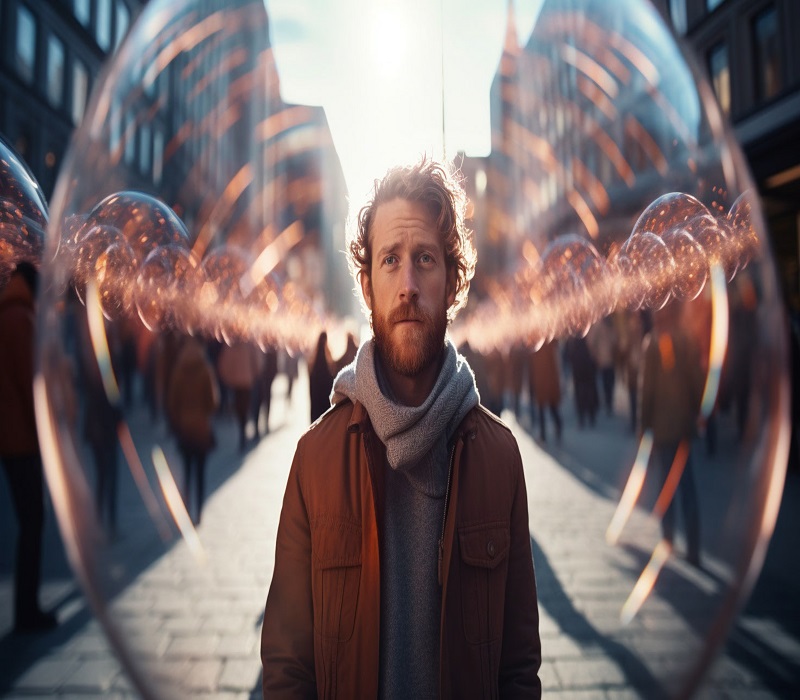Introduction
If you’ve ever looked at a 360° photo or video and wondered how it stays so seamless, you’re not alone. Behind the scenes, equirectangular AI is doing the heavy lifting. This powerful technology is transforming how we capture, edit, and interact with panoramic content—whether for virtual reality, mapping, or even social media.
In this guide, we’ll break down everything you need to know in plain language. No confusing jargon, no overwhelming technical details. Just clear, practical insights into how AI makes 360° imagery smarter and more accessible than ever.
What Is Equirectangular AI?
Equirectangular images are those wide, stretched-out visuals that capture a full 360° view. They’re commonly used in VR headsets, real estate tours, and platforms like Google Street View. But working with them isn’t easy. The unique distortion caused by “unwrapping” a spherical view into a flat rectangle requires specialized tools.
This is where equirectangular AI comes in. It refers to artificial intelligence systems trained to handle the quirks of panoramic imagery. Unlike traditional photo editors, these AI tools automatically correct distortions, identify objects even when warped, and stitch multiple shots into flawless 360° scenes.
For example, imagine a security camera monitoring a large warehouse. A regular camera would have blind spots, but an AI-powered 360° system can analyze every angle, flagging suspicious activity without missing a detail.
How Equirectangular AI Works
To understand how AI processes these images, let’s look at the key steps involved:
1. Distortion Correction
Equirectangular images are heavily distorted at the edges—like a world map that makes Greenland look huge. AI algorithms are trained to recognize and fix these warps, ensuring straight lines (like building edges) appear natural.
2. Object Detection
Spotting objects in a 360° image is tricky because they’re stretched or bent. AI models use deep learning to identify items (like cars or furniture) no matter where they appear in the frame. This is vital for applications like autonomous vehicles, where understanding the full environment is critical.
3. Image Stitching
When multiple photos are combined to create a panorama, mismatched edges or lighting can ruin the effect. AI seamlessly blends these shots, adjusting colors and alignment automatically.
4. Quality Enhancement
Low-light noise, blur, or compression artifacts can make 360° content look amateurish. AI tools sharpen details, reduce graininess, and even fill in missing pixels for a polished result.
Why Equirectangular AI Matters
From gaming to urban planning, this technology is unlocking new possibilities. Here’s why it’s becoming indispensable:
For Virtual and Augmented Reality
VR relies on flawless 360° visuals to create immersive worlds. AI ensures scenes are distortion-free and interactive. For instance, Meta’s VR headsets use similar tech to render realistic environments in real time.
For Real Estate and Tourism
Buyers can explore properties remotely with lifelike virtual tours. AI enhances these tours by removing flaws like stitching errors or poor lighting, making spaces more inviting.
For Mapping and Navigation
Google Street View and similar platforms depend on equirectangular AI to process millions of images. The tech corrects distortions, reads street signs, and even blurs faces for privacy—all without human intervention.
For Creative Professionals
Photographers and videographers use AI to speed up editing. Instead of manually tweaking every shot, they can batch-process 360° content for social media or client projects.
Challenges and Limitations
Despite its potential, equirectangular AI isn’t perfect. Some hurdles include:
1. High Computational Power
Processing 360° imagery demands robust hardware. Real-time applications (like live VR streaming) require expensive GPUs or cloud solutions.
2. Limited Training Data
AI needs vast datasets to learn from, but high-quality equirectangular images are scarce compared to regular photos. This can limit accuracy for niche uses (e.g., medical imaging).
3. Dynamic Scene Complexity
Fast-moving scenes (like sports events) confuse stitching algorithms, causing glitches. Researchers are tackling this with better motion prediction models.
The Future of Equirectangular AI
Advancements in AI are making 360° technology more accessible and powerful. Here’s what to expect next:
1. Real-Time Processing
Soon, AI could edit 360° videos instantly—ideal for live broadcasts or drone footage.
2. Consumer-Friendly Tools
Mobile apps might offer one-click fixes for amateur 360° photographers, democratizing the tech.
3. Integration with Everyday Apps
Imagine posting distortion-free 360° Instagram stories or LinkedIn virtual tours. AI could make this routine.
Final Thoughts
Equirectangular AI is quietly revolutionizing how we interact with immersive media. By automating tedious edits and solving unique challenges, it’s opening doors for industries and creators alike.
As the tech evolves, we’ll see even smarter, faster tools—making 360° imagery as easy to use as smartphone photos.
for more https://jalbiteblog.fun/
